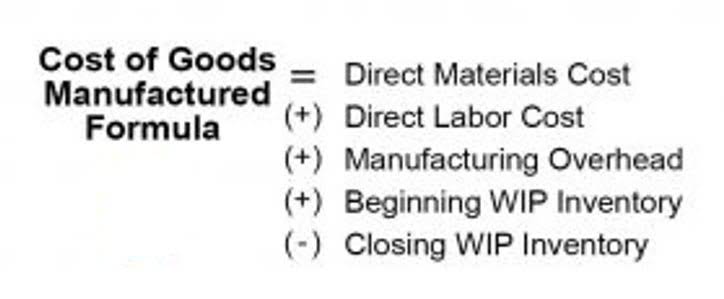
There will be ongoing reviews and data insights, so management does not get comfortable at the status quo and fails to keep performing adjustments to remain optimal with profits. Using the provided data above, we can calculate the price per unit by dividing the total product revenue by the number of products sold. The analysis of the contribution margin facilitates a more in-depth, granular understanding of a company’s unit economics (and cost structure). In particular, the use-case of the contribution margin is most practical for companies in setting prices on their products and services appropriately to optimize their revenue growth and profitability potential. Therefore, the contribution margin reflects how much revenue exceeds the coinciding variable costs. In this section, we’re going to learn how to figure out something called the contribution margin.
What’s the Difference Between Operating Margin and Gross Margin?
However, a change in sales quantity will change the total amounts for total sales dollars, total variable costs, and total contribution margin. In simple terms, it shows the difference between selling something and the costs to make it. Here, we focus on the contribution margin, which looks at how sales cover both fixed and variable costs. Fixed costs are expenses that don’t change, like rent, while variable costs go up or down based on how much a company makes or sells, like materials. In a contribution margin income statement, variable cost of goods sold is subtracted from sales revenue to obtain gross contribution margin.

Applying Contribution Margin to Business Decisions

If a company uses the latest technology, such as online ordering and delivery, this may contribution margin statement help the company attract a new type of customer or create loyalty with longstanding customers. In addition, although fixed costs are riskier because they exist regardless of the sales level, once those fixed costs are met, profits grow. All of these new trends result in changes in the composition of fixed and variable costs for a company and it is this composition that helps determine a company’s profit. The contribution format income statement reveals the profitability of a product by clearly separating variable costs from revenue. This separation shows the actual amount contributing to covering fixed costs and generating profit.

Video Illustration 4-6: Calculating breakeven and target profit LOs4,5

That includes production, selling, and administrative expenses as well as non-operating expenses so long as they are variable. The two basic guidelines for allocating indirect fixed expenses are by the benefit received and by the responsibility for the incurrence of the expense. The leftover amount after deducting variable costs shows profits, but other factors could still alter things like the relevant range too. The product https://chatbot.poleviotte.fr/index.php/2021/11/01/calculate-cost-of-production-tips-and-formulas/ line and marketing strategies evolve and drive the efficiency of profitability for any sized business that acts on the figures properly.
There are a few different types of contribution margin formulas you might want to use. You might have been thinking that the contribution margin sounds like EBIT or EBITDA, but they’re actually pretty different. Going back to that beauty company example from earlier, we’ll assume the business has expanded into the high-end skincare market and wants to see how the new line is performing financially. Get practical, strategic finance insights from those who’ve been there—straight to your inbox. FundsNet requires Contributors, Writers and Authors to use Primary Sources to source and cite their work.
Sales Revenue
- Contribution margin and Earnings Before Interest and Taxes (EBIT) are really different.
- The contribution margin income statement serves a critical role in financial evaluations.
- Under a traditional income statement, expenses are categorized under the cost of sales, operating expenses, and non-operating expenses.
- This number is super important because it shows how much money is available to cover the fixed costs (like rent for the lemonade stand) and hopefully leave some profit.
- Contribution margin, on the other hand, isolates variable costs from fixed costs to show how sales revenue contributes to covering fixed expenses and generating profit.
- Instead of listing down the cost of sales, it instead lists all variable costs.
Instead, common fixed costs are subtracted from the total company segment margin to arrive at net operating income. For Media Masters in Exhibit 5-2, the total divisional segment margin is $75,000. Common fixed costs are subtracted from the total divisional segment margin to arrive at net operating income of $25,000. The CVP relationships of many organizations have become more complex recently because many labor-intensive jobs have been replaced by or supplemented with technology, changing both fixed and variable costs. For those organizations that are still labor-intensive, the labor costs tend to be variable costs, since at normal balance higher levels of activity there will be a demand for more labor usage.

